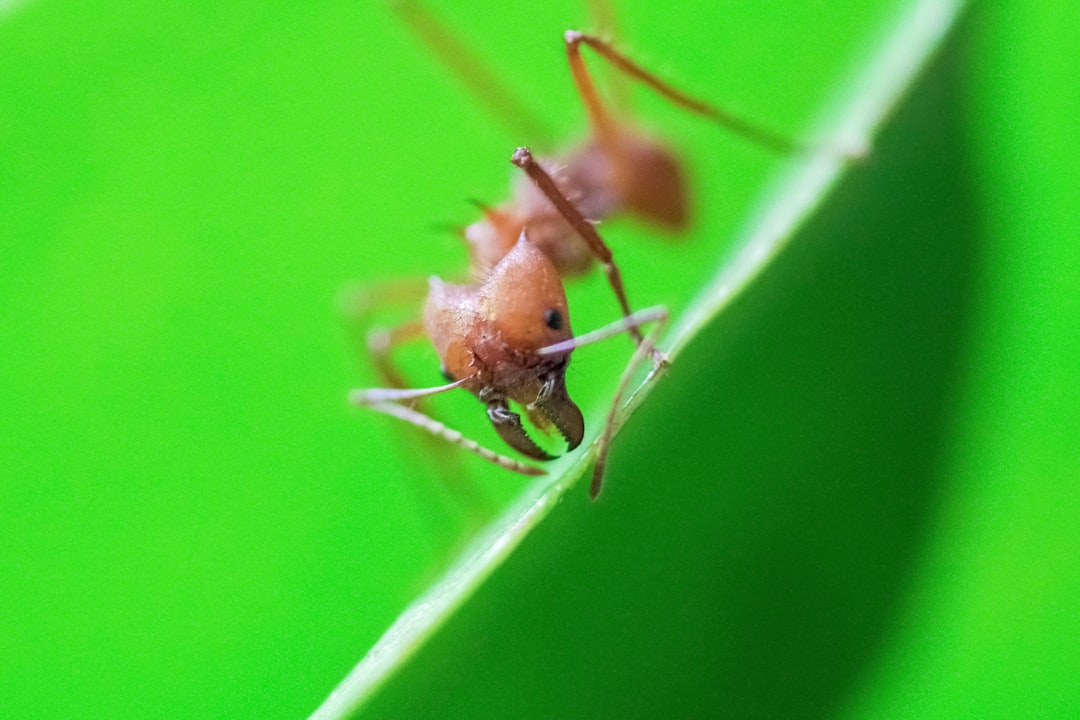What is it about?
Rare, skulking, terrestrial birds can be hard to count. But we need to do this in order to estimate densities, ranges and population sizes. Here we illustrate how we surveyed for the Hottentot Buttonquail using flush transects across the Fynbos Biome. It was apparent that five or more observers were required in order to ensure an encounter, although transect lines could be of variable length depending on habitat: but a minimum 500m is suggested. At each 200 - 400m along the point we took vegetation metrics to then quantify the characteristics of each line. We then determined that Hottentot Buttonquail showed a clear affinity with time-since-fine, and associated vegetation variables - they avoided recently burnt land, but also appeared to abandon sites that were too old and thus moribund, unsurprising given their terrestrial nature.
Featured Image
Why is it important?
Population estimates are available for very few species, especially the Turnicidae. This is the first publication that shows how the survey to obtain these was conducted. A second publication on the actual population metrics is in the pipeline.
Perspectives
The field work required to conduct this survey was monumental! We had next to no budget required to assemble the team to do the work, and relied heavily on volunteers and nature reserve rangers. A couple of bird clubs participated in raising some funds to get the basics done. The transects through the remote fynbos sites were also epic, including camping out in remote locations and MILES of walking. Certainly, this would not have been possible without the support of CapeNature (the provincial conservation department of the Western Cape).
Dr Alan Tristram Kenneth Lee
University of Cape Town
Read the Original
This page is a summary of: Habitat variables associated with encounters of Hottentot Buttonquail Turnix hottentottus during flush surveys across the Fynbos biome, Ostrich, November 2017, Taylor & Francis,
DOI: 10.2989/00306525.2017.1343209.
You can read the full text:
Resources
Contributors
The following have contributed to this page










